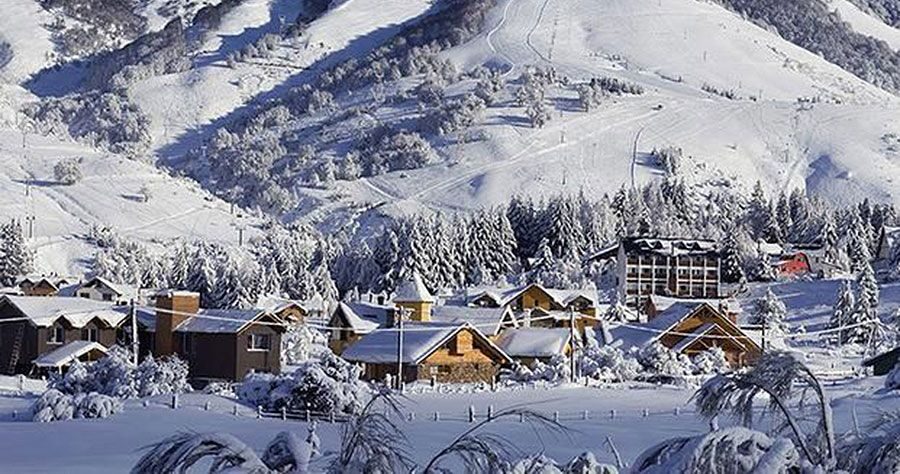
"This is an atypical winter with great snow storms. Since the nineties there was a tendency to lesser snow precipitation but this year climate conditions have even caused snow falls in certain areas of Patagonia, unaccustomed to such extremes", according to weather experts.
Temperatures have been much lower than normally and have remained below zero for several days running which contributed to an extreme wind factor. Some of these "persistent snowfalls" in the provinces of Rio Negro, Chubut and Neuquen forced the meteorological office to release warnings for this Patagonian region plus central Mendoza and the southern tip of the Buenos Aires province.
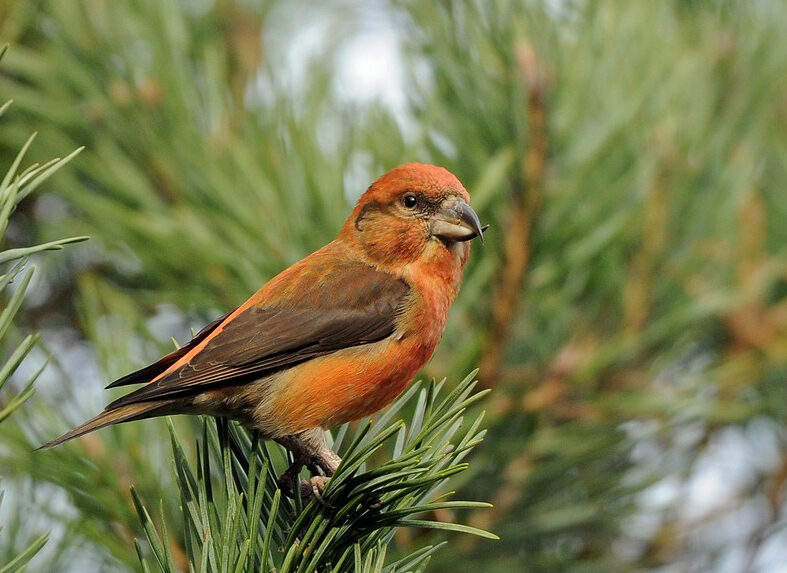
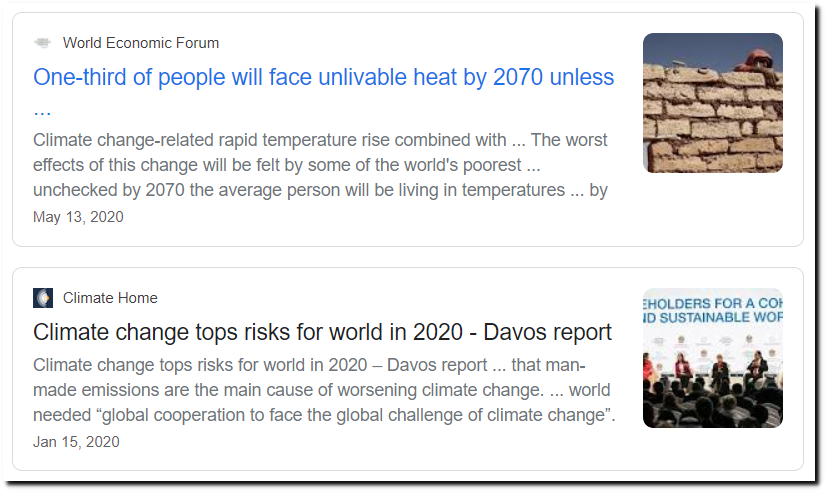
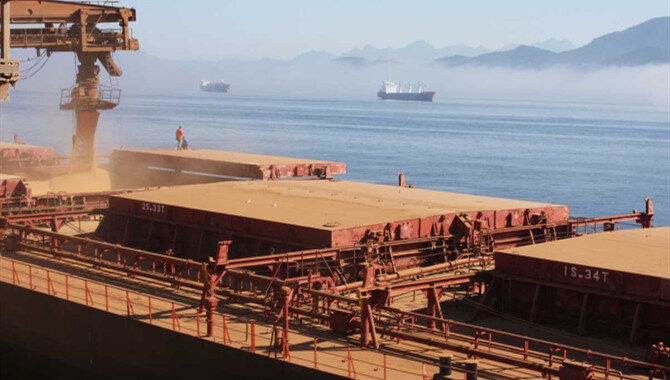


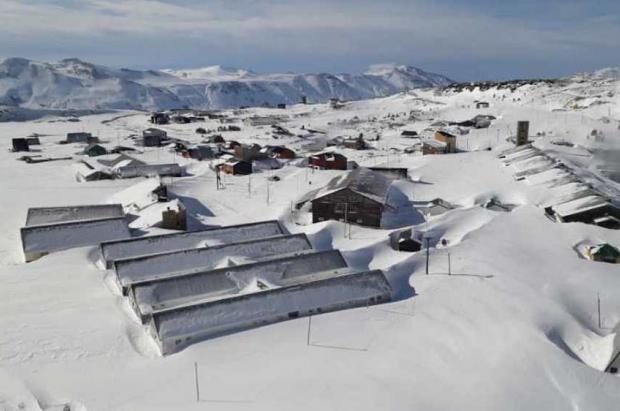
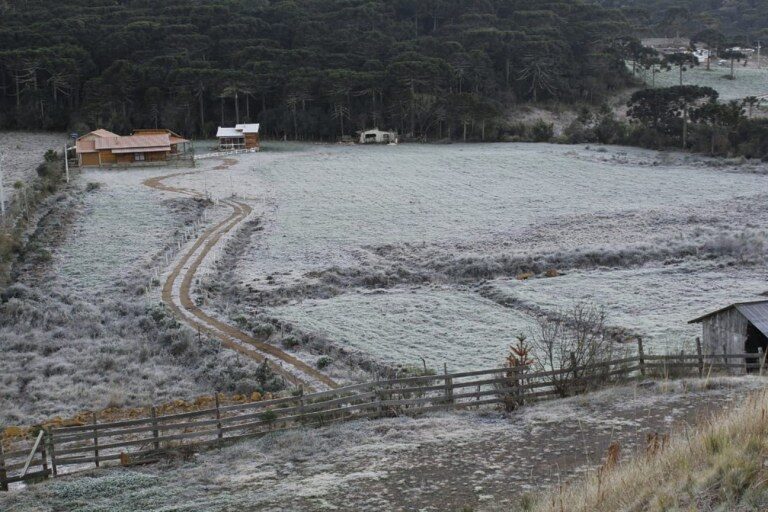
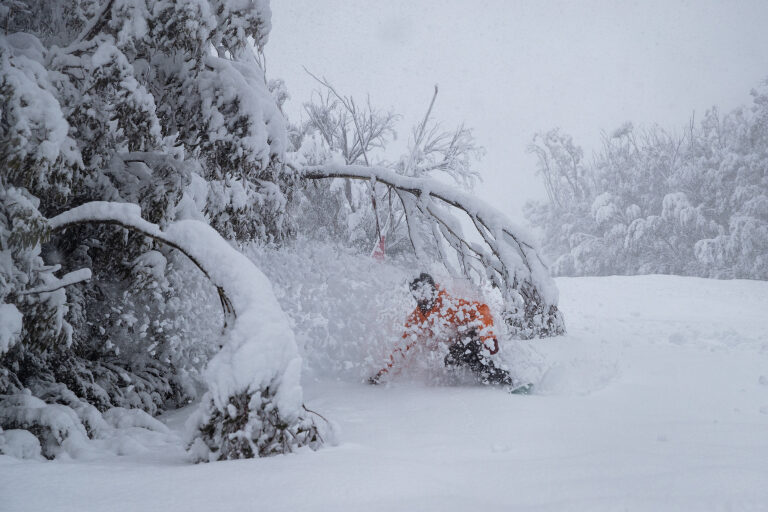
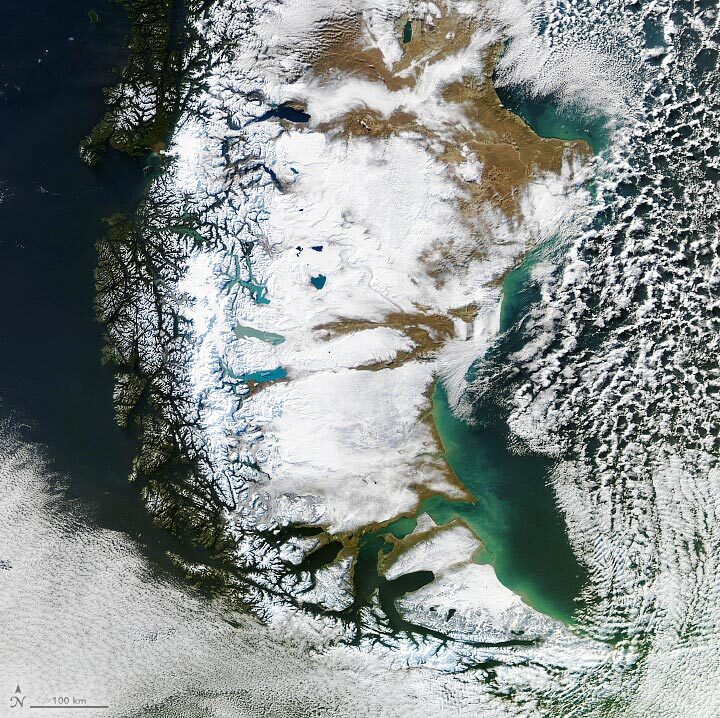



Comment: That a shift is occurring on our planet is evident throughout nature, however while spring appears to be starting earlier in some areas, winter is too, and, overall, Earth is showing signs of serious cooling:
- Spring arriving earlier across the US throwing wildlife into disarray
- Colder summers killing Antarctica's moss forests
- High bird deaths likely due to cold weather and starvation in Campbellton, Canada
- Record snowfall kills over a thousand yaks in the Himalayas
Also check out SOTT radio's: